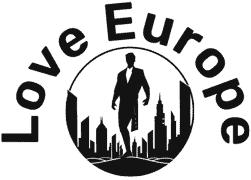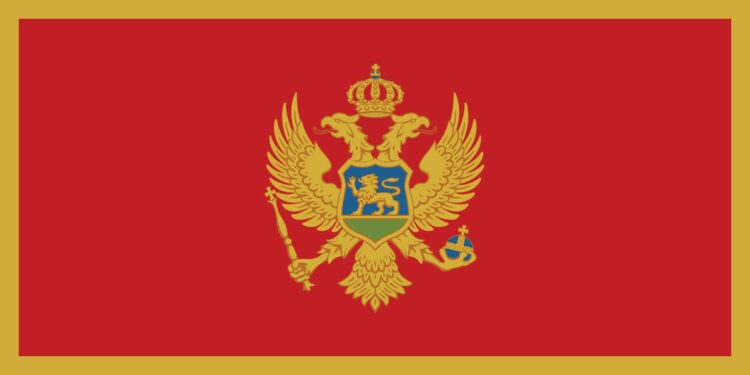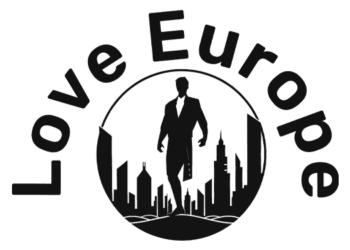The breakup of the Yugoslav federation after 1989 left Montenegro in a precarious position. The first multiparty elections in 1990 returned the reformed League of Communists to power, confirming Montenegrin support for the disintegrating federation. The republic therefore joined Serbia in fighting the secession of Slovenia and Croatia, and in 1992 it joined Slobodan Milošević’s “third Yugoslavia,” a federal republic comprising only Montenegro and Serbia. Still, in 1989 the remains of King Nicholas I and other members of the former royal family had been returned to Montenegro to be reinterred with great ceremony in Cetinje. This sign of the continuing sense of distinctive Montenegrin identity was matched by lively criticism of the Serb conduct of the war in Bosnia and Herzegovina (see Bosnian conflict). In addition, the United Nations’ sanctions against Yugoslavia seriously harmed Montenegro, especially by undermining its lucrative tourist trade; their impact, however, was somewhat softened by the opportunities created for smuggling, in collaboration with coastal networks in Albania.
John B. Allcock John R. Lampe
Relations between Montenegro and Serbia began to deteriorate at the end of 1992. Montenegrins reacted negatively when an attempt to settle the dispute over Montenegro’s frontier with Croatia in the Prevlaka Peninsula was headed off by the Milošević regime in Belgrade (though the matter was later settled). Montenegrins also became increasingly frustrated with Serbia’s unequal access to power in the new federation and impatient, in particular, with its failure to address economic reform. Disagreements over the conduct of the wars in Bosnia and Croatia led to the withdrawal of Montenegrin units from the Yugoslav army.
Matters came to a head in 1997, when the ruling party, the Democratic Party of Socialists of Montenegro (Demokratska Partija Socijalista Crne Gore; DPS), split into factions that either supported or opposed Milošević, who had ascended from the Serbian to the Yugoslav presidency in July. After Milošević’s protégé and close ally Momir Bulatović was defeated by Milorad Ðjukanović in Montenegro’s presidential elections that October, Ðjukanović began to steer an increasingly independent course of action, and within a year Montenegrin representatives had been withdrawn from most of the federal institutions. Ðjukanović was also critical of the Serbian policy toward Kosovo, fearing that once Milošević had settled accounts with the rebelling Kosovar Albanians, Montenegro would be forced to submit to a firmer hand from Belgrade. As the Kosovo conflict escalated, however, Ðjukanović’s active opposition to Serbian policy did not entirely save Montenegro from military action carried out by the North Atlantic Treaty Organization (NATO) against Yugoslavia in 1999: the port of Bar as well as communication facilities and military targets in the republic were bombed.
Despite widespread support for independence in Montenegro and plans to hold a referendum on secession in April 2002, Ðjukanović negotiated an agreement with Yugoslav and Serbian authorities in March, calling for Montenegro’s continued association with Serbia in a virtual federation. The agreement, approved by the Yugoslav parliament and the Montenegrin and Serbian assemblies in 2003, renamed the country Serbia and Montenegro, gave wide powers to the governments of Montenegro and Serbia, and allowed each republic to hold a referendum on independence and to withdraw from the union after three years.
Source link : https://www.britannica.com/place/Montenegro/Federation-with-Serbia
Author :
Publish date : 2024-10-20 05:00:00
Copyright for syndicated content belongs to the linked Source.


